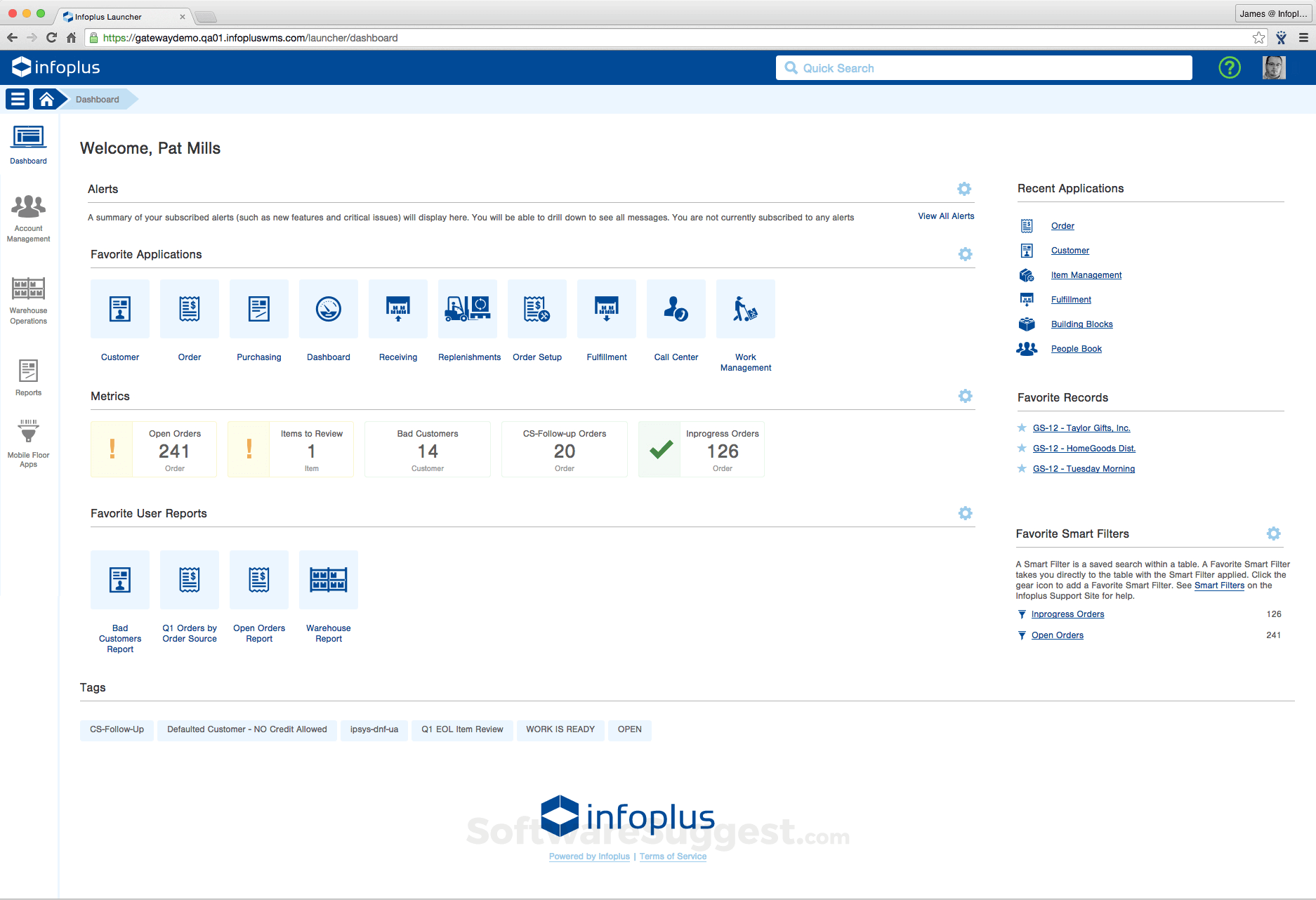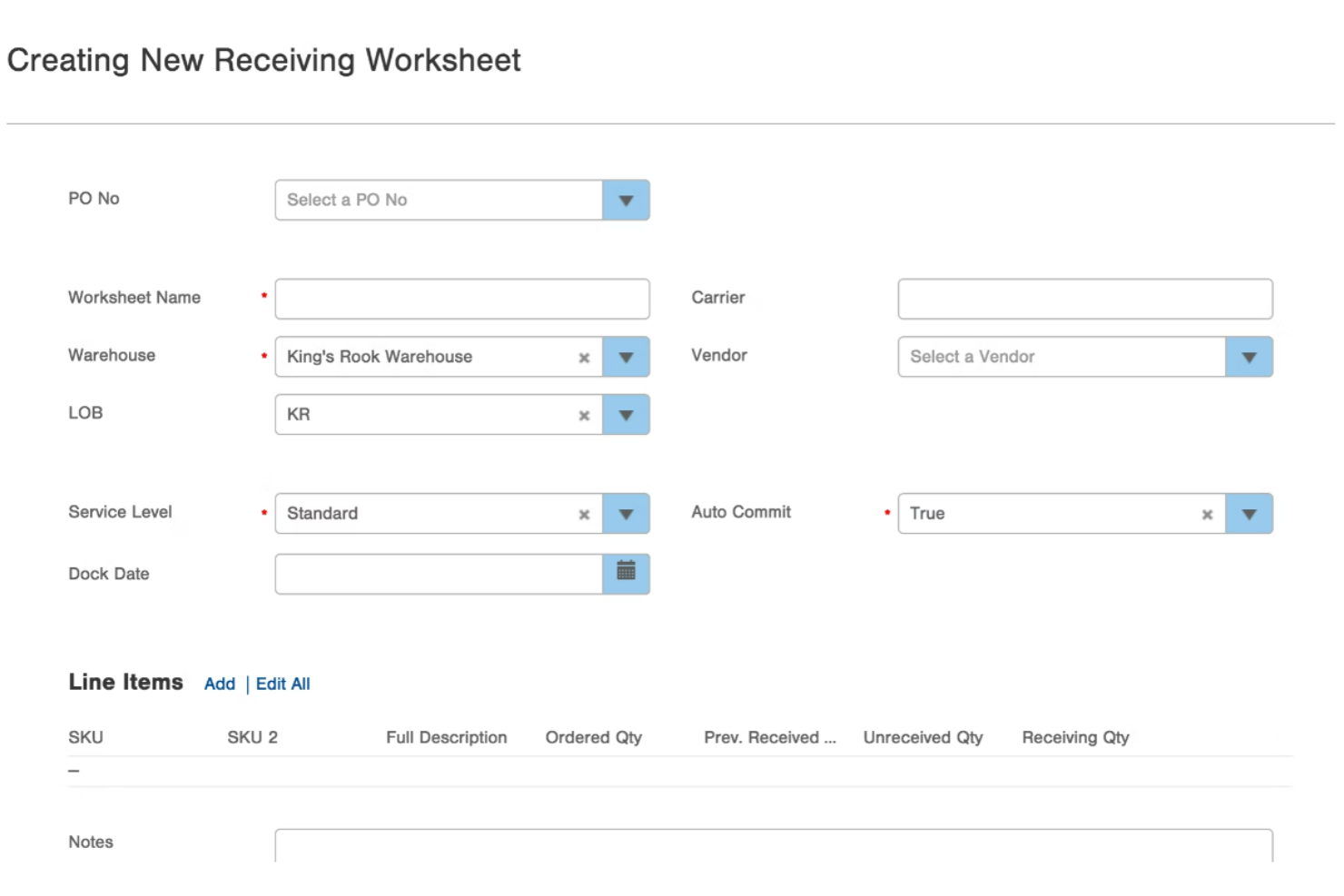Info plus inventory management software revolutionizes how businesses handle their inventory, providing efficiency and accuracy in tracking products. From barcode scanning to real-time tracking, this software offers a comprehensive solution for businesses of all sizes. Let’s explore the world of inventory management software and how it can benefit your operations.
Overview of Inventory Management Software

Inventory management software is a tool used by businesses to efficiently track, manage, and organize their inventory levels, orders, sales, and deliveries. This software helps businesses keep track of their stock in real-time, automate processes, and optimize inventory control.
Benefits of Using Inventory Management Software
- Improved Accuracy: Minimizes human errors in inventory tracking and management.
- Cost Savings: Reduces excess inventory and stockouts, leading to cost savings.
- Efficient Order Fulfillment: Streamlines order processing and fulfillment, improving customer satisfaction.
- Data Insights: Provides valuable data and analytics to make informed business decisions.
Popular Inventory Management Software
- 1. NetSuite: Offers a comprehensive solution for inventory management, order fulfillment, and procurement.
- 2. Fishbowl Inventory: Integrates with various accounting and e-commerce platforms for seamless operations.
- 3. Zoho Inventory: Provides inventory control, order management, and warehouse management functionalities.
Key Features to Look for in Inventory Management Software
- Real-time Inventory Tracking: Monitor stock levels accurately and in real-time.
- Order Management: Process orders efficiently and manage order fulfillment workflows.
- Reporting and Analytics: Generate reports and gain insights into inventory performance.
- Integration Capabilities: Ability to integrate with other business systems for seamless operations.
Types of Inventory Management Software: Info Plus Inventory Management Software
Inventory management software comes in various types to cater to different business needs and industries. Let’s explore the different types and functionalities below.
Cloud-based vs. On-premise Inventory Management Software
Cloud-based inventory management software operates on remote servers accessed through the internet, offering flexibility and scalability. On the other hand, on-premise software is installed locally on a company’s servers and computers, providing more control over data but requiring higher initial investment and maintenance costs.
Perpetual vs. Periodic Inventory Systems in Software
Perpetual inventory systems continuously track inventory levels in real-time, providing accurate insights into stock levels and facilitating timely reordering. Periodic inventory systems, on the other hand, require manual stock counts at regular intervals, making them less efficient but suitable for smaller businesses with simpler inventory needs.
Scalability of Inventory Management Software
Inventory management software should be scalable to accommodate the growth of businesses. Solutions tailored for small businesses may offer basic inventory tracking, while those designed for medium and large enterprises provide advanced features like multi-location management, batch tracking, and demand forecasting.
Specialized Inventory Management Software for Specific Industries
Certain industries, such as retail, manufacturing, and e-commerce, have unique inventory management requirements. Specialized software tailored to these industries may include features like barcode scanning, order management, vendor management, and integration with e-commerce platforms to streamline operations and optimize inventory control.
Key Features and Functionalities

Inventory management software comes with a variety of key features and functionalities that help businesses streamline their operations and improve efficiency. From barcode scanning to automated reordering, these tools are designed to make inventory management a breeze.
Barcode Scanning and Tracking
- Barcode scanning allows for quick and accurate tracking of inventory items.
- Real-time tracking provides up-to-date information on stock levels and locations.
- Automated alerts can be set up to notify users of low stock or expired items.
Forecasting and Demand Planning
- Forecasting modules use historical data and trends to predict future demand.
- Demand planning tools help businesses optimize inventory levels to meet customer needs.
- These features ensure that businesses have the right amount of stock at the right time, reducing stockouts and overstocking.
Integration Capabilities, Info plus inventory management software
- Inventory management software can be integrated with other systems like accounting software or CRMs.
- This allows for seamless data sharing and eliminates the need for manual data entry.
- Integration with other software helps businesses have a holistic view of their operations and improves decision-making processes.
Reporting and Analytics Tools
- Reporting tools provide insights into key performance indicators and inventory metrics.
- Analytics tools help businesses identify trends, patterns, and areas for improvement in their inventory management processes.
- Customizable reports and dashboards make it easy for users to visualize data and make informed decisions.
Implementation and Best Practices

Implementing inventory management software successfully requires careful planning and execution. It is essential to follow best practices to ensure a smooth transition and maximize the benefits of the new system.
Steps for Successful Implementation
- Conduct a thorough assessment of your current inventory management processes and identify areas for improvement.
- Set clear goals and objectives for the new software implementation to align with your business needs.
- Select a reputable software provider and ensure the software meets your specific requirements.
- Develop a detailed implementation plan with timelines, responsibilities, and milestones.
- Train employees on how to use the new software effectively and provide ongoing support.
- Test the software extensively before full deployment to identify any issues or bugs.
- Monitor the implementation process closely and make adjustments as needed to ensure a successful rollout.
Data Migration Best Practices
- Backup all existing data before migrating to the new software to prevent any loss of information.
- Cleanse and organize data to ensure accuracy and consistency in the new system.
- Verify data integrity during the migration process to avoid any discrepancies or errors.
- Perform regular data audits post-migration to identify and correct any issues that may arise.
Training Requirements for Employees
- Provide comprehensive training sessions for employees on how to use the inventory management software.
- Offer hands-on training and simulations to familiarize employees with the software interface and functionalities.
- Create user manuals and guides for reference and ongoing support.
- Encourage feedback from employees to identify areas for improvement and additional training needs.
Common Challenges and How to Overcome Them
- Resistance to change: Address employee concerns and provide clear communication on the benefits of the new software.
- Data inaccuracies: Regularly audit data and implement data validation processes to ensure accuracy.
- Lack of user adoption: Provide ongoing training, support, and incentives to encourage employees to use the software effectively.
Last Recap
In conclusion, info plus inventory management software is a crucial tool for optimizing your business processes, ensuring seamless operations and improved productivity. By embracing the features and functionalities of this software, businesses can stay ahead of the competition and achieve long-term success.
